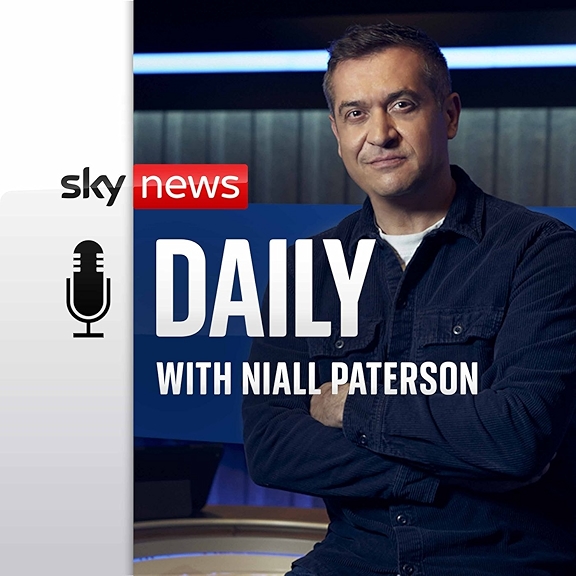
Episode 300 GEORGE H. W. BUSH 1991 The Start 1 Treaty
In this episode we look back at several important situations developing all at once. The Soviet Union is in trouble. Economically the situation is getting dire as Gorbachev comes to the economic summit to ask for help. As the G-7 includes the Soviets for the very first time.
This is just after a fairly small, and not so celebratory May Day in the Soviet Union. It used to be the event every year where the Soviets displayed their military muscle and its high brass stood up over seeing it all from the balcony. Missiles and troops would march by under portraits of Lenin, and whomever the Communist Party Leader was at the time, be it Khrushchev or Brezhnev. But this time it was sparsely attended under heavy security, and it had none of the trappings of old.
If that was not bad enough for the Communist superpower, its largest Republic, the Russian Federation, was in the midst of holding its very first election for President, in what would be its first completely free election with real choices for leadership. the front runner was not the Kremlin's choice, it was a renegade natural politician who had already bolted the Communist Party and was busy trying to get control of various power sources from the Soviet leadership and put it under Russian control His name was Boris Yeltsin and he was on the verge of being catapulted onto the World Stage.
Finally the START 1 Treaty was being negotiated and it would be a further thawing of the Cold War but one that had the hardline Communists worried that their control was rapidly fading away. The Treaty was defined here by a use of Artificial Intelligence (our first use of that) here:
START I, or the Strategic Arms Reduction Treaty I, was an agreement between the United States and the Soviet Union to reduce the number of long-range nuclear weapons. The treaty was signed in Moscow on July 31, 1991 by George H.W. Bush and Mikhail Gorbachev.
The treaty's main limits included: 1,600 strategic nuclear delivery vehicles, 6,000 accountable warheads, 4,900 ballistic missile warheads, 1,540 warheads on 154 heavy ICBMs, and 1,100 warheads on mobile ICBMs.
The treaty also required the parties to:
- Exchange data on the number and location of their strategic delivery vehicles
- Allow each other to conduct inspections
- Ban the encryption and exchange of telemetric data that tracked ballistic missiles during test launches
- The START I treaty was part of the Strategic Arms Reduction Talks (START), which began in 1982 and lasted for three decades. The START II treaty was agreed upon in 1993, but never came into force.
Questions or comments at , Randalrgw1@aol.com , https://twitter.com/randal_wallace , and http://www.randalwallace.com/
Please Leave us a review at wherever you get your podcasts
Thanks for listening!!




















